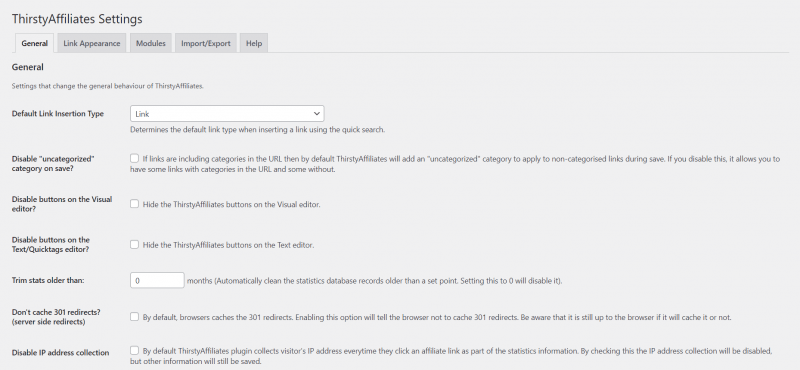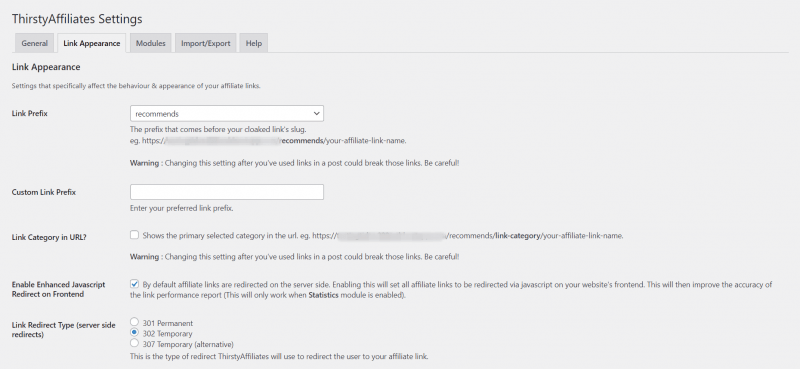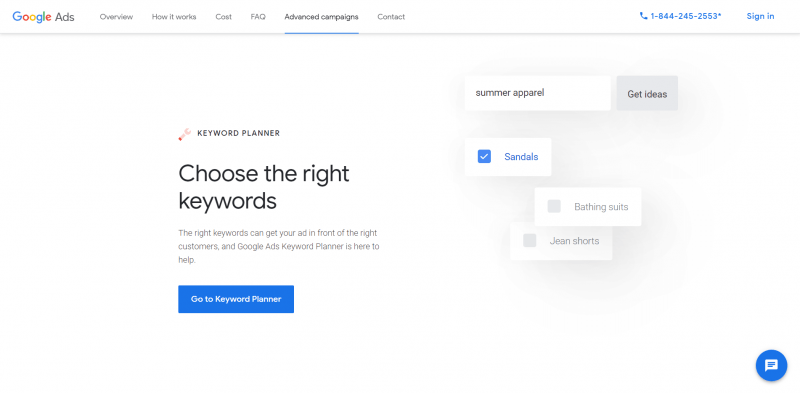Contents

Links are the main tool used by affiliate marketers to drive conversions. However, affiliate-provided URLs can be complicated and messy. Not only can this confuse your visitors, but it might also be a wasted chance to improve your search engine optimization (SEO).
Fortunately, URL slugs are an effective tool for tackling these challenges. By using a link cloaking plugin such as ThirstyAffiliates and making deliberate choices with your wording, you can create custom URLs to communicate better with your visitors and boost overall visibility.
In this article, we’ll give you an overview of what a URL slug is and how it can play a role in your site’s success. Then we’ll cover three easy tips to help you maximize a slug's potential. Let’s get started!
An Introduction to the URL Slug
A slug is the part of a URL that indicates the contents of a certain page. You might use it to tell viewers a little more about specific posts, landing pages, or cloaked affiliate links.
For example, let’s look at one of our recent blog articles, titled How to Define Your Target Audience (3 Key Tips). The address in your search bar will be https://thirstyaffiliates.com/blog/define-your-target-audience. This part is the slug: “define-your-target-audience“.
An accurate URL slug has the potential to boost your SEO. Relevant keywords play a role in your rankings, so adding them to your URLs is a straightforward way to organically increase traffic. Slugs can also create more memorable, user-friendly links for your audience.
Effective URLs are a simple yet important part of your affiliate marketing campaign. Fortunately, they’re fairly easy to create. With a little bit of planning, you can use your slugs to their fullest potential.
How to Optimize a URL Slug (3 Tips)
If you’re looking to create a URL slug with maximum impact, here are a few strategies to consider.
1. Cloak Your Links Using ThirstyAffiliates
As an affiliate, you’re probably juggling a lot of links with long, complex URLs attached. Link cloaking is a smart strategy to help you create simple slugs customized to your site. If this sounds useful to you, you should consider trying our ThirstyAffiliates plugin:

Cloaking URLs with ThirstyAffiliates offers other benefits as well. If you want to track the success of your links, for example, you can make use of the software’s detailed reports. You might also be interested in using the provided geolocation links to more accurately focus your content.
Once you’ve downloaded ThirstyAffiliates, creating a URL slug for your cloaked affiliate links is easy. First, navigate to ThirstyAffiliates > Settings. That should take you to the General page:

From there, you can click through to the next tab, Link Appearance. That section should look like this:

Check out the first option on the page Link Prefix. This will decide what text precedes your chosen slug. You can choose from an extensive list of prefixes or create your own.
Finally, we recommend that you choose carefully and avoid changing this prefix. Because the prefix will come before the slug in all your affiliate links, keeping it consistent can avoid broken URLs and confused visitors.
2. Keep Your Slugs Concise
One way a slug can be a powerful tool is by making dense URLs more accessible. You can double down on that benefit by creating the shortest possible slug that still clearly reflects the content it's leading to. This approach will also help make your site easier to navigate.
On the same note, each URL slug is unique and can only be used once. Therefore, you should consider focusing on unique and specific phrasing. This will help define your links while keeping them brief.
For example, let’s say you run a cooking blog with affiliate links to kitchen supplies. If you want to post a recipe for an omelet, it probably makes sense to clearly lay that out to your visitors. A slug, like “eggs”, might be short, but it’s also vague.
Using a more precise word such as “omelet” may be a better choice. Further specifying with a term like “classic-french-omelet” will make your content especially clear. A user searching for a classic French omelet recipe may be more likely to visit your page, as it has a precise, user-friendly URL.
Finally, you might want to try keeping all those helpful words in lowercase. This will help prevent the occasional web server mistake where identical slugs with different capitalization are seen as different URLs entirely. It also makes the URL easier for people to remember and type in correctly.
3. Incorporate Relevant Keywords
Let’s wrap up by talking about word choice. If you’re looking to improve your search engine rankings organically, you might want to consider using your keywords strategically. Incorporating relevant words in your slugs is an important part of making your site more visible.
If you want some guidance for picking the most effective keywords, we recommend using Google Keyword Planner:

This multi-purpose site can help you generate ideas for new keywords, estimate the competition statistics for certain words in your slug, and provide a rough figure for how many people are searching for related topics. You’re free to use as many or as few of these tools as you need.
After you’ve found the perfect keywords for your links, you can write an effective slug. As a final tip, we recommend that you avoid using stop words whenever possible. Words like “to,” “with,” and “a” take up space without helping your SEO.
This strategy requires a bit of upfront planning. However, all of the above techniques can help you boost your SEO and drive more traffic to your affiliate links.
Conclusion
Links are an essential part of generating more traffic for your affiliate marketing website. Fortunately, URL slugs provide a practical improvement upon default links. By using keywords strategically, you can simultaneously improve your site for visitors and SEO rankings alike.
In this article, we covered three steps to help you optimize a URL slug:
- Use a link cloaker such as ThirstyAffiliates.
- Opt for shorter, more descriptive slugs.
- Make sure to use the most relevant keywords for your content.
Do you have any questions about URL slugs? Let us know in the comments section below!
If you liked this post, be sure to follow us on Twitter, Instagram, Facebook, and LinkedIn! And don't forget to subscribe in the box below.



Include keywords you want to rank for.
Consider removing stop keywords.
Use dashes to separate words in a slug.
Keep it short.
Use only lowercase characters.
nice
Thanks for the article, I put my main keyword on the slug and it can help in SEO.
This always confuses me. In all of your training you say that you have to set a link prefix eg. mysite.com/recommends/affiliatelink but all of your users that I have seen simply have mysite.com/affiliatelink as the link url (without any subdirectory prefix). How is that possible please?
Thanks for the blog, As an SEO person I used targeted keywords in Slug which helps me to optimize keywords.
Thank guys. This is super useful. Actually until reading this I had forgot all about the URL.
thanks so much.